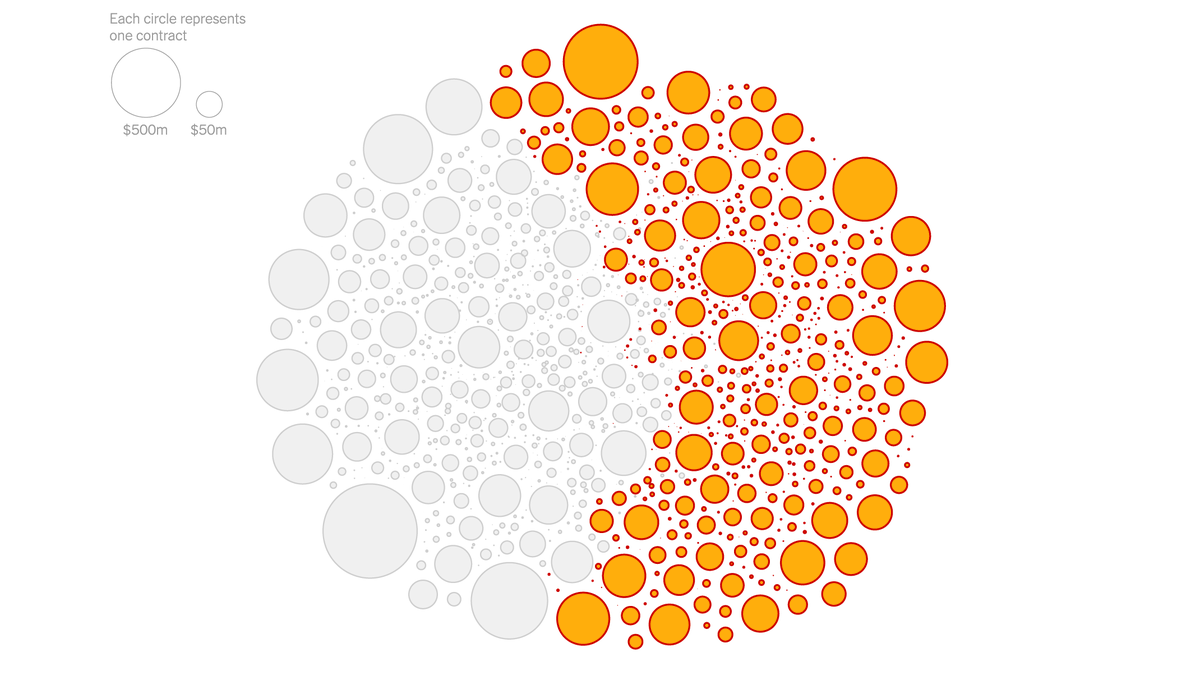
As Covid-19 cases and deaths have sharply increased all over the U.S., hospitalizations are at their highest rate so far in the pandemic, with more than 110,000 Americans being treated as of Dec. 14. Exactly how overwhelmed are your local hospitals? nyti.ms/34lXnk5
With our searchable map, you can see I.C.U. occupancy at individual hospitals near you, drawing from a new U.S. government dataset that shows detailed geographic information on Covid-19 patients.
The national average occupancy is currently 78 percent. nyti.ms/34lXnk5
The national average occupancy is currently 78 percent. nyti.ms/34lXnk5

Our searchable map of I.C.U. capacity in the U.S. also shows how many intensive care beds are available and how many patients are being treated for Covid-19. nyti.ms/34lXnk5
The map shows data reported by individual hospitals in the U.S. and averaged over the week ending Dec. 10. Some hospitals have added additional surge capacity that may not be reflected in baseline capacity figures. nyti.ms/34lXnk5
• • •
Missing some Tweet in this thread? You can try to
force a refresh







